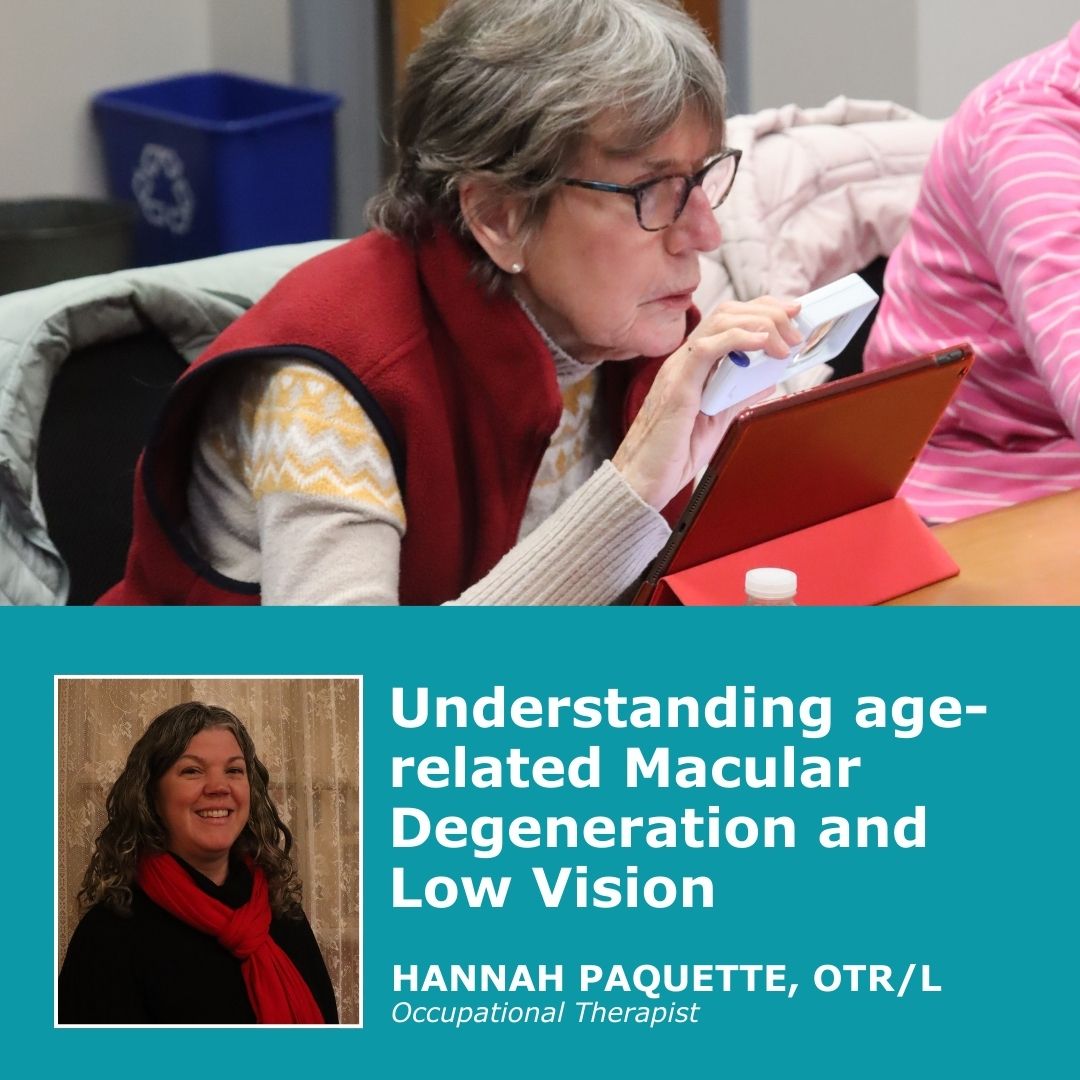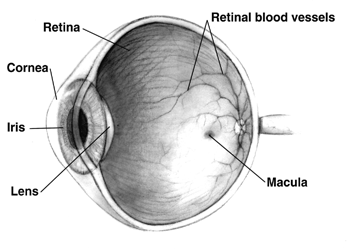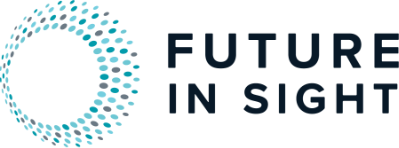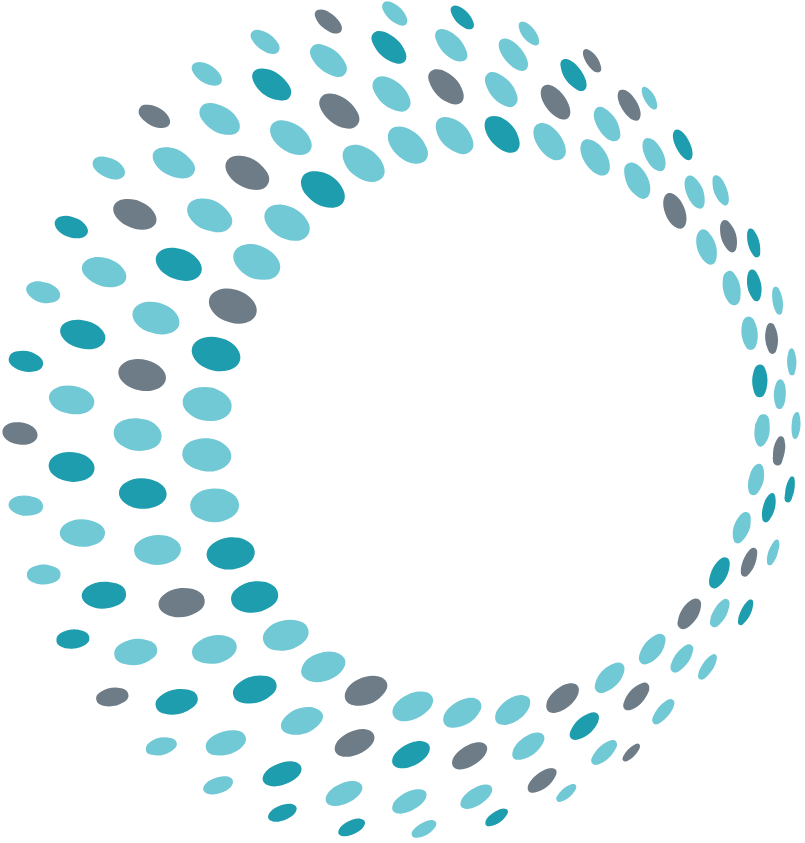
Age-Related Macular Degeneration (AMD) is a leading cause of vision loss among people aged 50 and older. It affects the macula, the part of the eye responsible for sharp, central vision, which is necessary for activities like seeing color, reading and driving. As AMD progresses, it can significantly impact a person’s quality of life.
Types of AMD
There are two main types of AMD:
- Dry AMD: This is the more common form, accounting for about 80-90% of cases. It occurs when the macula thins over time as part of the aging process, leading to gradual vision loss.
- Wet AMD: Although less common, wet AMD is more severe. It happens when abnormal blood vessels grow under the retina and macula, leading to rapid and severe vision loss.
Symptoms and Diagnosis
Early stages of AMD may not present noticeable symptoms. However, as the disease progresses, individuals might experience:
- Blurred or fuzzy vision
- Difficulty recognizing faces
- Straight lines appearing wavy
- A dark or empty area in the center of vision
Diagnosis typically involves a comprehensive eye exam, including tests like optical coherence tomography (OCT) and fluorescein angiography to visualize the retina and blood vessels.
Managing AMD and Low Vision
While there is no cure for AMD, several strategies can help manage the condition and improve quality of life:
- Lifestyle Changes: Maintaining a healthy diet rich in leafy greens, fish, and nuts, along with regular exercise, can support eye health.
- Medications and Supplements: For wet AMD, anti-VEGF injections can help reduce the growth of abnormal blood vessels. For dry AMD, AREDS 2 (a supplement of antioxidant plant pigments Lutein and Zeaxanthin, vitamins C & E and the minerals zinc and copper) is commonly prescribed by an eye doctor. Some studies suggest AREDS 2 can slow down vision loss.
- Low Vision Aids: Devices such as magnifying glasses, specialized reading glasses, and electronic aids can assist those with vision loss. Also, a smart phone can be a useful tool for vision loss.
- Support Services: Occupational Therapy, counseling, and support groups can provide emotional support and practical advice for living with low vision.
The Role of Low Vision Occupational Therapy
Low vision occupational therapy plays a crucial role in helping individuals with AMD maintain their independence and improve their quality of life. Here’s how it can help:
- Adaptive Techniques: Occupational therapists (OTs) teach adaptive techniques to help individuals perform daily activities more easily. This might include using contrasting colors to distinguish objects, labeling items with large print, or organizing the home to reduce clutter and improve safety.
- Assistive Devices: OTs, under the guidance of your eye doctor, can recommend and train individuals in the use of assistive devices such as magnifiers, specialized lighting, and electronic reading aids.
- Home Modifications: Occupational Therapists assess the home environment and suggest modifications to enhance safety and accessibility. This can include better lighting, removing tripping hazards, and installing handrails.
- Skills Training: OTs provide training in skills such as using assistive devices for preparing meals or using peripheral vision more effectively, which can help individuals compensate for central vision loss.
- Emotional Support: Adjusting to vision loss can be challenging. Occupational therapists offer emotional support and connect individuals with support groups and resources to help them cope with the changes.
Conclusion
Age-Related Macular Degeneration is a challenging condition, but with the right management strategies and support, individuals can maintain a good quality of life. Low vision occupational therapy is a vital component of this support, helping individuals adapt to their vision changes and continue to live independently.
Future In Sight’s Mission
Future In Sight is dedicated to advancing the independence of persons who are blind and visually impaired. Founded in 1912, it is the only private nonprofit organization in New Hampshire providing a comprehensive range of statewide services to children, adults, and the elderly who are blind or visually impaired. Their mission is to empower individuals to live with confidence and dignity through a holistic continuum of care, including occupational therapy, orientation and mobility training, counseling, enrichment activities, and assistive technology training.
If you or someone you love is experiencing vision loss and could benefit from our services, please contact Future In Sight at [email protected] or 603-224-4039 today!
About the Author: Hannah Paquette, OTR/L is an Occupational Therapist at Future In Sight.

